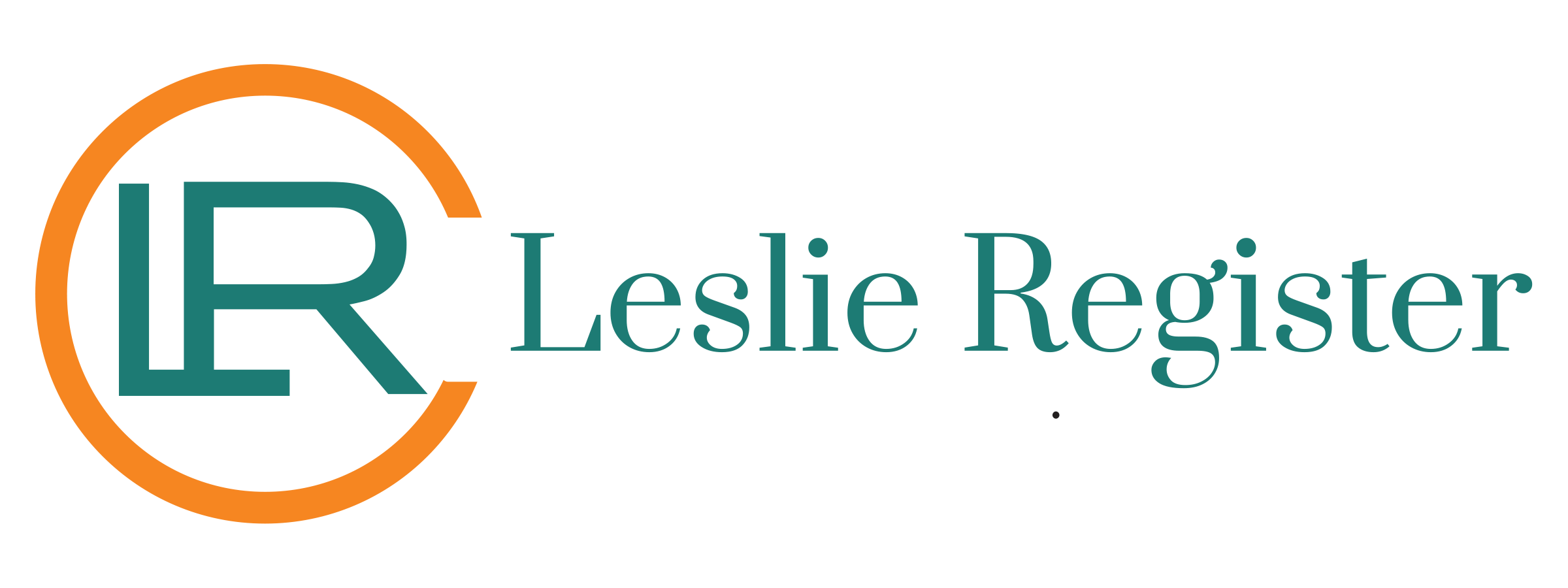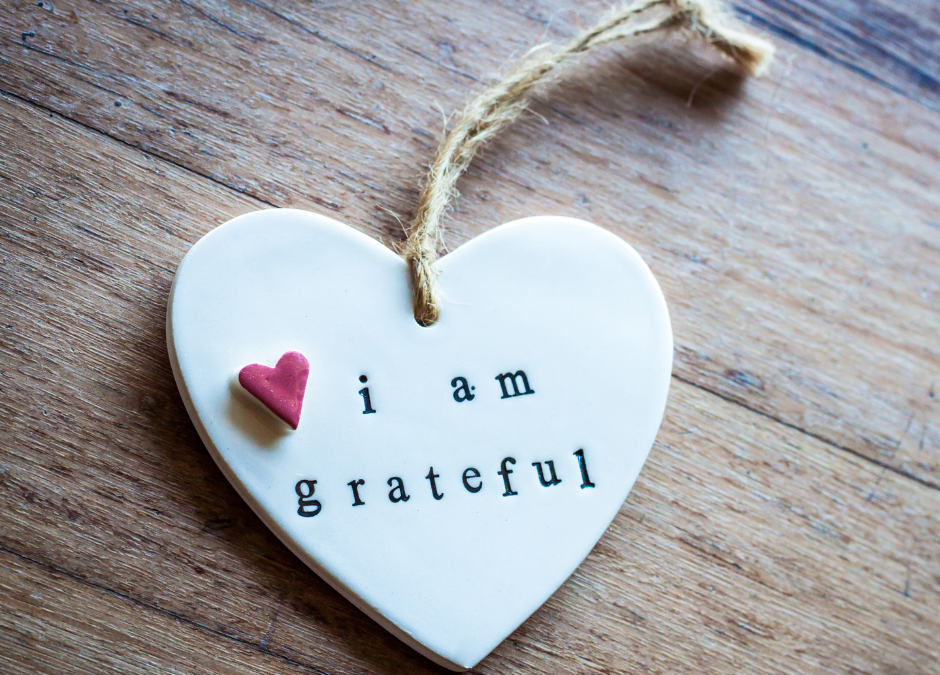by: Leslie D. Register
Before I found the wellness tools I use today, I isolated myself from everything I enjoyed. I found security in doing things alone, sitting alone or avoiding any social interactions primarily to hide my secrets. The use of food, spending money and consuming alcohol were at toxic levels and while I didn’t want them in my life, I had reached a point that I couldn’t live with them or without them. Isolating whenever possible was my safe place. Yes, I showed up for obligations with work, children’s activities, and family time; yet whenever possible I isolated. I told myself I was having alone time, but that alone time was not what classifies as a wellness strategy. Back then it was clearly a way of hiding out to use my secret vises to feed my addiction.
So, what changed? I desired wellness more than the lonely isolation. Meaning, I no longer wanted my negative coping skills to run my life. I wanted to have a life of freedom, joy, and authenticity. This desire required the process of change. The Act of Change is not always easy and at times it can be so uncomfortable I was tempted to go back! However, when I took some simple actions that I will share here I was able to keep going forward.
One of the few change strategies I incorporated into my daily living involved others. As a person grateful for faith, family and fun I found that these values were linked to my practice of togetherness vs isolation. I began to believe and follow a routine of sharing with others which moved me out of the dark of isolation and into the light of togetherness.
Togetherness included these simple steps:
1. Set a weekly schedule with a trusted therapist who understood the collection of addictions I wanted to heal. Finding a trusted therapist or coach is a process. I fortunately was given a wonderful referral by a close friend; however, I know others who have found qualified counselors through insurance, medical doctor referral of the website Psychology Today.
2. I joined a group of like-minded people who shared solutions about how they were recovering from the same challenges. In this group I didn’t need to relate to everyone, or every situation just identify in a way that allowed me to feel comfortable sharing and connecting. If you are looking for a community to connect with, check out the website In The Rooms there you will find an array of recovery groups for just about anything.
3. I engaged in family time and began to laugh and play. It is amazing how when I began to work on my recovery and practice healthy coping skills, I began to feel more comfortable in my own skin and being around others. The awkwardness or sickness I felt from my secrets were no longer weighing me down. I began to feel freedom in the company of others.
If you are reading this article and find yourself yearning to know more about the difference between isolation and healthy ‘alone time’ check out this article. Social Isolation and Alone Time Aren’t the Same-Here Are the Mental-Health Implications of Each Here you will find some valuable information to aid you on your journey of change and wellness.
Lastly, today when I feel like isolating, I pause to pray and recite this quote by Helen Keller “Alone we can do so little, together we can do so much.”

